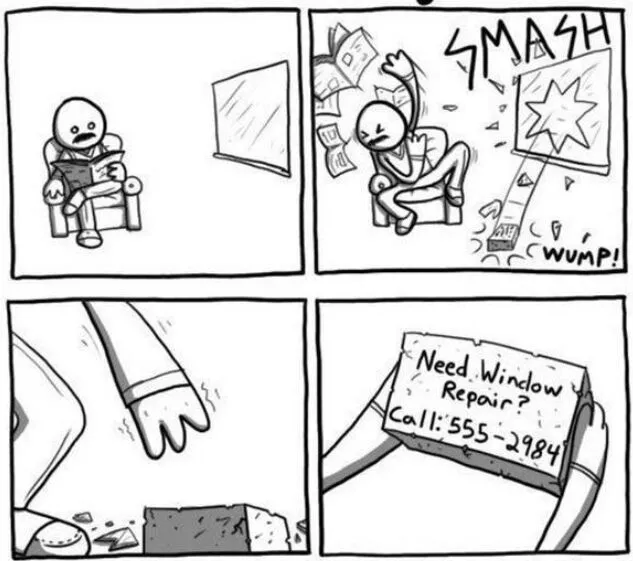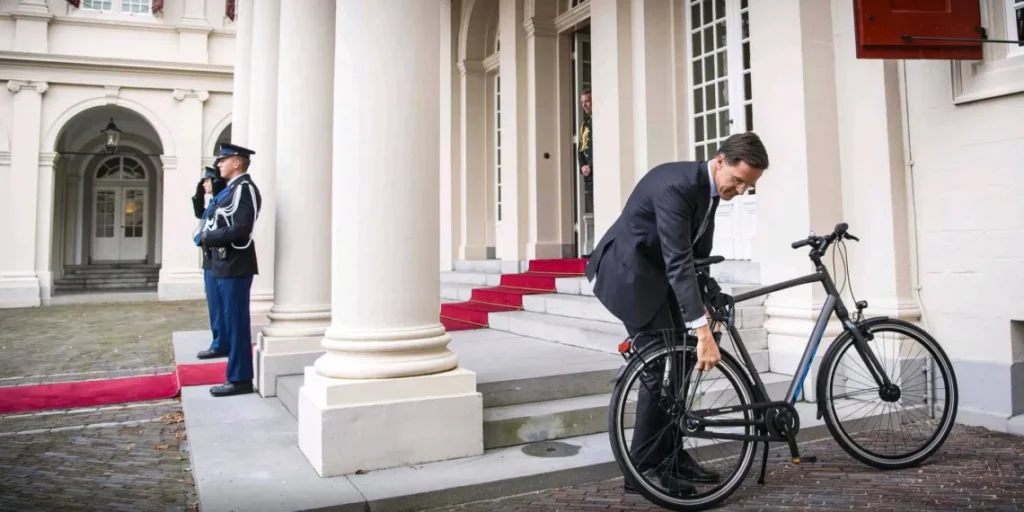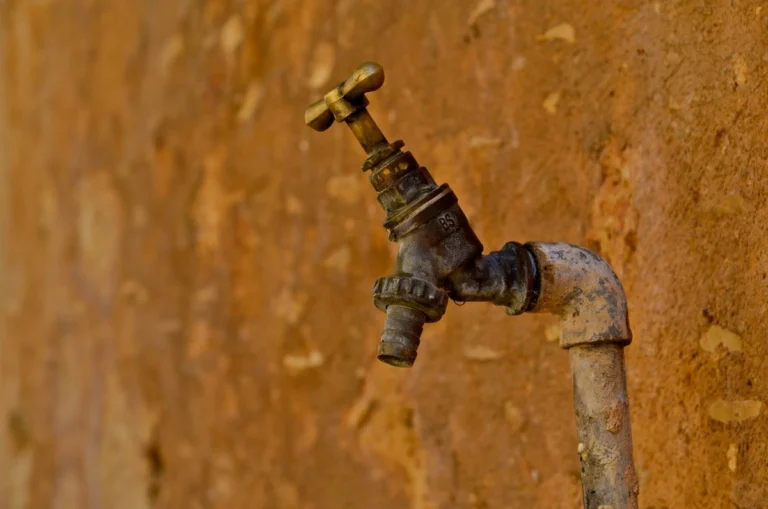While reading an article recently, I stumbled upon the term “Broken Window Fallacy.” This concept was introduced by the 19th-century French economist Frédéric Bastiat to illustrate a common economic misconception—that destruction and subsequent repairs generate a net benefit for society. He takes the example of a shopkeeper, James Goodfellow, whose careless son breaks a pane of glass. The passers-by console him saying,
“It is an ill wind that blows nobody good. Everybody must live, and what would become of the glaziers if panes of glass were never broken?”
If you’ve reached the same conclusion as the passers-by—that it’s a good thing to break windows because it circulates money and stimulates industry—Bastiat has a rebuttal for you. He argues :
Stop there! Your theory is confined to that which is seen; it takes no account of that which is not seen.
It is not seen that as our shopkeeper has spent six francs upon one thing, he cannot spend them upon another. It is not seen that if he had not had a window to replace, he would, perhaps, have replaced his old shoes, or added another book to his library. In short, he would have employed his six francs in some way, which this accident has prevented.
The point that Bastiat makes is that while breaking a window might seem to benefit the economy by giving work to the glazier, it overlooks the fact that the money spent on repairs could have been used elsewhere. In reality, this type of economic activity is a loss to the overall economy.

If you look closely, you’ll find numerous examples of a “Broken Window Economy” in India, where inefficiencies and short-term fixes – often celebrated as ‘jugaad’ or ‘hack’ – lead to a cycle of needless expenditure. We spend a lot of money solving problems that, if addressed at the root, wouldn’t need solving in the first place.
Here are three such examples that come to mind.
Inverters and UPS for Uninterrupted Power Supply
Would you believe me if I told you that India is a power-surplus country and a net exporter of electricity? It currently exports power to Bangladesh and Nepal, and also to Bhutan during low hydel generation in that country. [link]
And yet, India ironically struggles to provide reliable electricity to its citizens. This paradox is a result of an inefficient supply chain, beginning with a heavily subsidized power sector. These subsidies, while intended to make electricity affordable for everyone, have led to a series of issues that weaken the sector’s financial health. If you’re reading this from the comfort of a posh apartment in a metro city, you might not notice power cuts. But step outside your gated community or visit a Tier 2 city—or even a city like Gurugram, home to many MNCs like Google, Meta, and Uber—and the issue becomes glaringly obvious.

State electricity boards are drowning in debt, unable to pay power producers, who, in turn, struggle to repay their loans. According to a report from Power Finance Corporation,
as of 2022-23, discoms have an outstanding debt worth Rs 6.61 lakh crore, which is 2.4% of the national GDP.
This financial strain affects the entire supply chain, resulting in unreliable power with frequent outages and voltage fluctuations. I was in my hometown a few weeks ago, a Tier 2 city, where power cuts are a regular occurrence. On a good day, they last just a few minutes; on bad days, they can stretch for hours, especially when faults occur—which isn’t uncommon.
Instead of tackling these root issues by upgrading the power grid infrastructure, state governments often focus on providing freebies to secure votes. This has created a huge demand for inverters, UPS systems, and stabilizers, leading to significant costs for households and businesses—all to solve a problem that shouldn’t exist in the first place. Just recently, I had to purchase a router UPS to avoid disconnection during meetings when working from home, as it takes a few minutes for the backup to kick in. Not to mention the expenses incurred by electricity boards for the frequent maintenance of broken wires and transformers.
Underpass and Flyovers for Addressing Traffic Woes
Underpasses and flyovers seem to be the go-to solution for politicians these days. Everyone is busy constructing them to tackle traffic congestion and showcase infrastructure improvement. While they can effectively solve traffic issues if they’re part of a well-planned urban development strategy, in India, they often act as a band-aid solution for poor planning, failing to address the root causes of traffic congestion.
Since India opened up its economy to the world some 30 years ago, our lives have seen a sea of changes, mostly positive, with immense wealth creation, and new career avenues. However, India’s weak infrastructure has been playing a catch-up game with its economic growth. Traffic congestion in Indian cities is largely due to inadequate public transportation, poor urban planning, and the rapid increase in vehicle ownership. What we probably need is better public transport, better civic sense and improved driving habits to ease traffic. As Enrique Peñalosa, a Colombian politician, wisely said:
An advanced city is not one where even the poor use cars, but rather one where even the rich use public transport.
Unfortunately, no one seems to care about that. If flyovers were truly the answer, cities like Hyderabad—where I live, and which boasts many flyovers—wouldn’t still be plagued by traffic jams. Flyovers and underpasses might ease congestion at specific points, but they often just shift the bottleneck to the next intersection, providing only temporary relief rather than a lasting solution. The construction of these structures also results in the loss of green spaces and increased pollution during and after construction.
The large sums of money spent on building these could be better used for more sustainable, long-term solutions, such as expanding public transport networks, creating pedestrian-friendly and bicycle-friendly infrastructure, implementing better traffic management systems, and designing cities with better road connectivity. This would also reduce pollution, and preserve green spaces, significantly improving the quality of life.

If we’re going to talk about transport, I would say that the great city is not the one that has highways, but one where a child on a tricycle or bicycle can go safely everywhere.
~ Enrique Peñalosa
The Air We Breathe: Polluted and Costly
In most Indian cities, air quality is abysmal, largely due to a mix of industrial pollution, vehicular emissions, and agricultural practices like stubble burning. The problem is worsened by the burning of garbage, which often includes plastics and other hazardous materials.
To cope with the health risks associated with poor air quality, a growing number of households are investing in air purifiers—devices that can cost anywhere between 15,000 INR to 60,000 INR or more. This represents yet another layer of unnecessary spending that, while creating economic activity, adds no real value. When I lived in Gurgaon, I constantly suffered from cough and cold and had to wear mask in winters (this was pre-Covid). Not only did I have to purchase an air purifier for my home, but also one for my car.

The money spent on air purifiers could have been avoided if air pollution were tackled at its source through stricter regulations, expanding green cover in urban areas, better waste management, and policies to reduce stubble burning in agriculture. Instead, state governments often blame neighboring states and introduce ineffective rules like odd-even system for private vehicles, leaving the general public to fend for themselves by adding yet another expense to their household budget, or accepting the grim reality that a few years might be shaved off their lives due to pollution.
While these are just three examples, if you look around carefully, you will find numerous instances in your day-to-day life that illustrate broken window economics at play, where inefficiencies lead to additional costs.
To break free from this cycle, India as country – and we as individuals – needs to shift focus from short-term fixes to long-term solutions. It requires a cultural shift towards valuing preventive measures over reactive spending.
Ultimately, the true cost of broken window economics isn’t just financial—it’s the lost opportunity for real, sustainable development. By fixing what is broken at its core, rather than just treating the symptoms, India can utilize its resources towards creating genuine value and improving the quality of life for its citizens.
Do you see such examples of broken window economics around you?
Thanks for reading. Please leave a comment with your thoughts. And share this blog with whoever you think might like it.
Go Deeper on Data, Finance, and Productivity
If you enjoyed this article, you’ll love my newsletter, Compound Knowledge, where I share actionable ideas and the best resources I’ve found to help you uplevel your skills in data, finance, and productivity. It’s concise, valuable, and free.
Join the inner circle of readers and get insights directly in your inbox.
Photo Credit:

Awesome
Totally new perspective to me. Great!